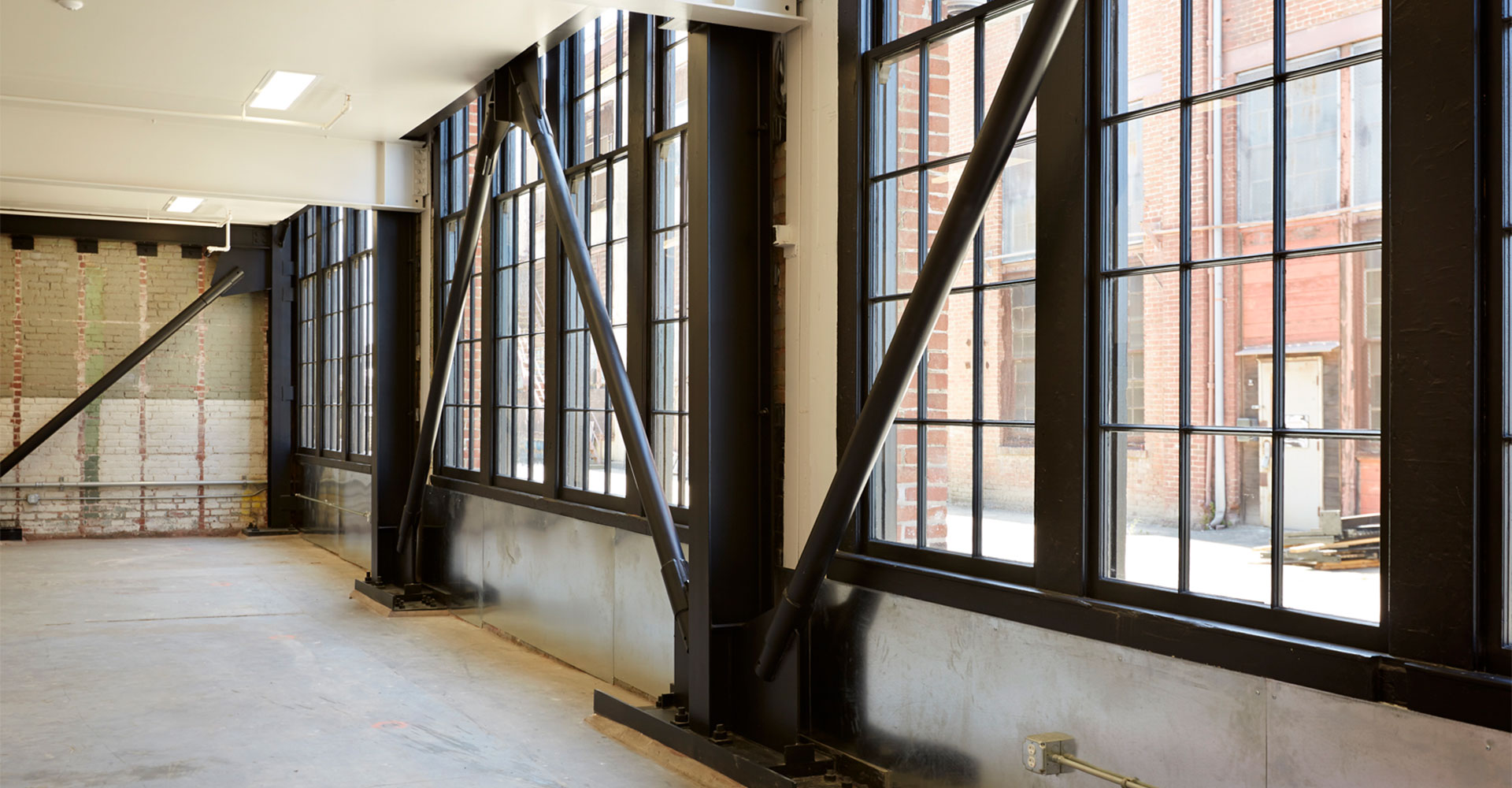
Effective november 22,2015, the city of los angeles established mandatory standards for earthquake hazard reduction in existing wood-frame buildings with soft, weak, or open-front walls and existing non-ductile concrete building. The department of building and safety identified approximately 12,000 buildings that fall under this statute (ordinance no.
 183893) and mailed courtesy notices to these property owners in march 2016. In brief, the ordinance applies to all existing buildings of wood-frame construction subject to the rent stabilization ordinance. Buildings containing 3 dwelling units or less are exempt from this mandate, if the building is used solely for residential purposes.
183893) and mailed courtesy notices to these property owners in march 2016. In brief, the ordinance applies to all existing buildings of wood-frame construction subject to the rent stabilization ordinance. Buildings containing 3 dwelling units or less are exempt from this mandate, if the building is used solely for residential purposes.
We at optimum seismic are focused on ensuring the tradition of excellence built into the fabric of our company and projects since 1984 is maintained and upheld to the highest standards in all that we do. Part of this standard is to guarantee the safety of our clients, employees, cities, and those who live, work and play in the buildings we secure. To maintain this level of safety, we are focused on providing the best quality engineering, design, fabrication, and construction services to our clients at all times. This is furthered confirmed in our commitment to being responsive to the needs of our clients and to treat their property with care as if it were our own.
New owners of residential buildings, including single-family homes, or mixed-use buildings with at least two residential units can receive a refund of their real estate transfer tax for voluntary seismic upgrades. You can receive a refund of up to 1/3 of the amount you paid for the transfer tax. You have up to one year after the sale is recorded with alameda county to complete the seismic work and file for the refund. Transfer tax reductions can be combined with any of the other programs (earthquake brace and bolt, retrofit grants program, or pace financing). To apply, read the transfer tax reduction program rules to understand the eligibility and requirements.
How Important Is Seismic Retrofitting ?
Earthquakes are unavoidable natural disasters. Whenever a particularly strong earthquake occurs, you can be certain that there will be ruined buildings.
 With that in mind, this makes seismic retrofitting an important process for most buildings. Commercial general contractors will tell you that seismic retrofitting is a process where buildings will be made earthquake-proof. That way, it won’t collapse once a particularly strong earthquake hits the area. Many building owners are seeking to make their properties more resilient against earthquakes. In this post, allied construction services discusses how you’ll know if your property needs seismic retrofitting. The building has years behind it
one way you’ll know if your property is in dire need of seismic retrofitting is its age.
With that in mind, this makes seismic retrofitting an important process for most buildings. Commercial general contractors will tell you that seismic retrofitting is a process where buildings will be made earthquake-proof. That way, it won’t collapse once a particularly strong earthquake hits the area. Many building owners are seeking to make their properties more resilient against earthquakes. In this post, allied construction services discusses how you’ll know if your property needs seismic retrofitting. The building has years behind it
one way you’ll know if your property is in dire need of seismic retrofitting is its age.
Before we learn the various methods used for retrofitting a building, it is important to understand that the purpose of a soft-story retrofit is to strengthen a structure to resist lateral loads experienced during seismic activity. According to a report, california has more than a 99% chance of having one or more magnitude 6. 7 or larger earthquakes within the next 30 years. Structures built before the 1950s in california and before the 1980s in the central and southeastern united states were typically not designed with proper details to perform adequately during earthquakes. This further becomes the reason for several damages.
Scientists say there is more than a 99 percent chance that at least one major earthquake is going to strike the golden state in the next 30 years. And if your house was built before 1980, earthquake experts say these older houses are especially vulnerable to damage from earthquake shaking because they were built before modern seismic building codes were put in place. Retrofitting older homes can be relatively simple. Bolting or bolting and bracing your house to its foundation can help prevent structural damage, such as your home from coming off its foundation.
Seismic retrofitting is the process of strengthening a home so that it is more resilient to damage in earthquakes. This process often involves strengthening weak connections such as those found at or near the foundation or roof.
If you’re considering a seismic retrofit, janiele maffei, the executive director of the california residential mitigation program, has some advice. By fionna m. D. Samuels, ph. D. , optimum seismic fellow (@fairy__hedgehog) citation: samuels, fionna m. D. , 2023, thinking of retrofitting your home? here’s what you should know, temblor, http://doi. Org/10. 32858/temblor. 324 in areas with high seismic risk — like many parts of california — earthquake preparedness is a necessity. There are many ways to prepare for the big one ( and even moderate ones! ). “with an earthquake, you want to prepare beforehand in a way where you feel empowered rather than frightened,” says janiele maffei, the executive director of the california residential mitigation program, or crmp.